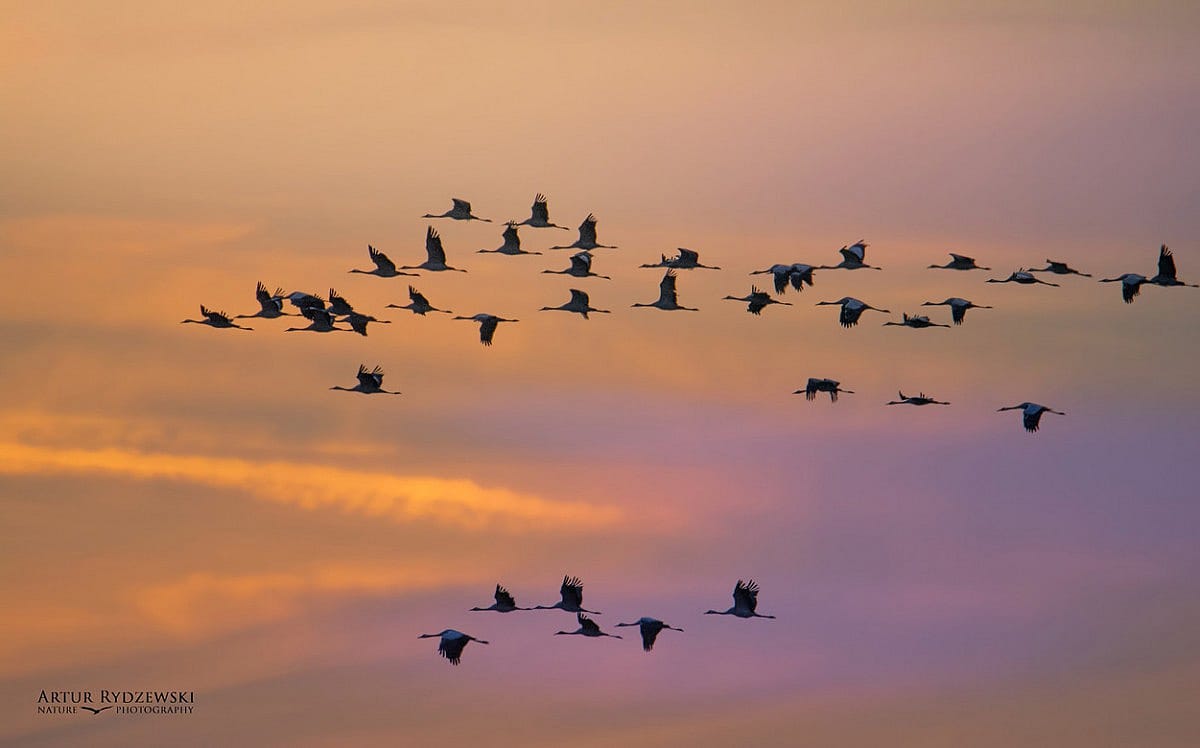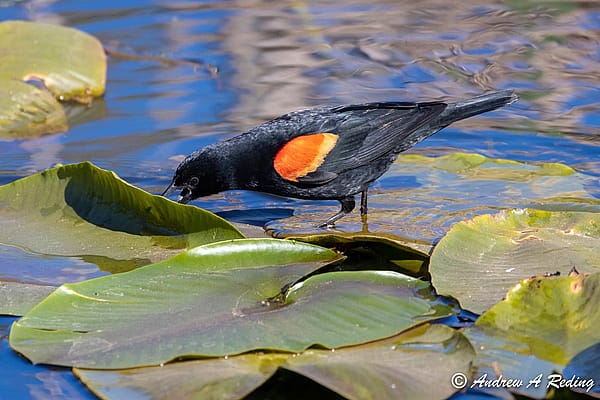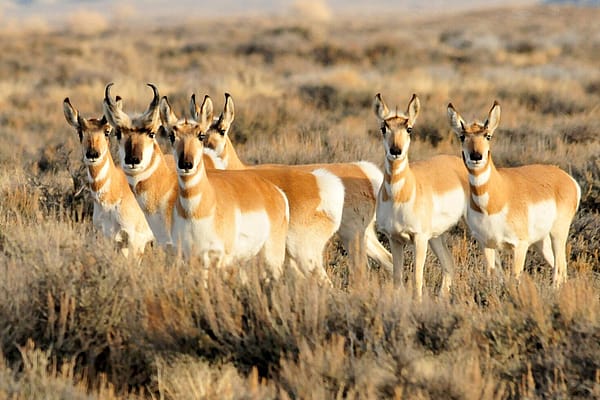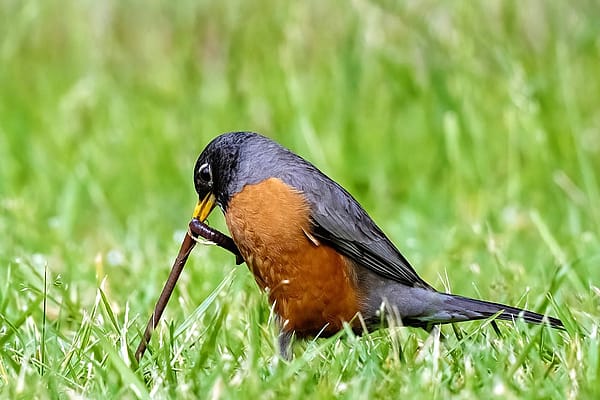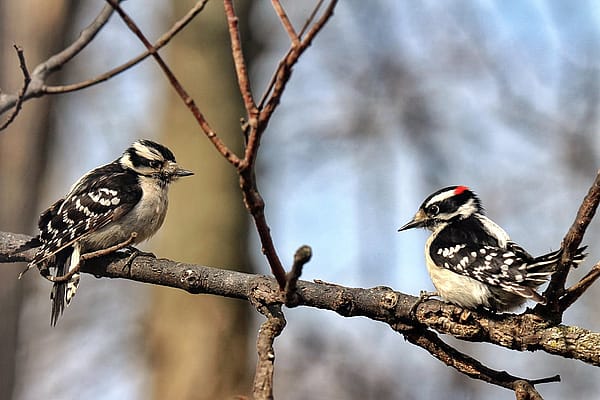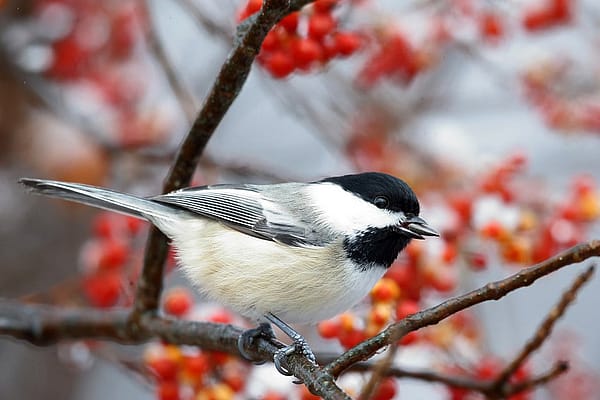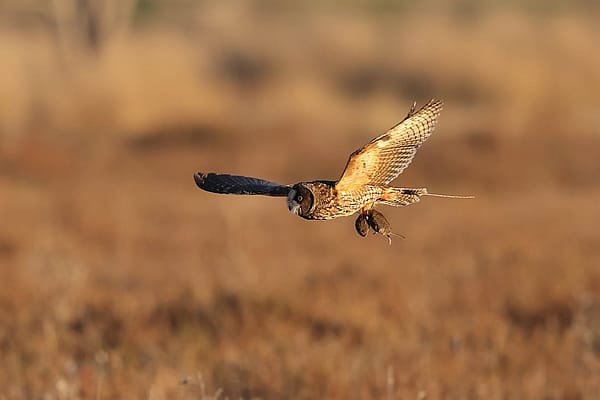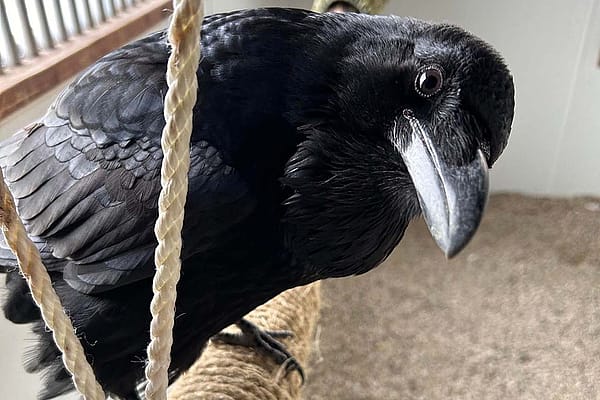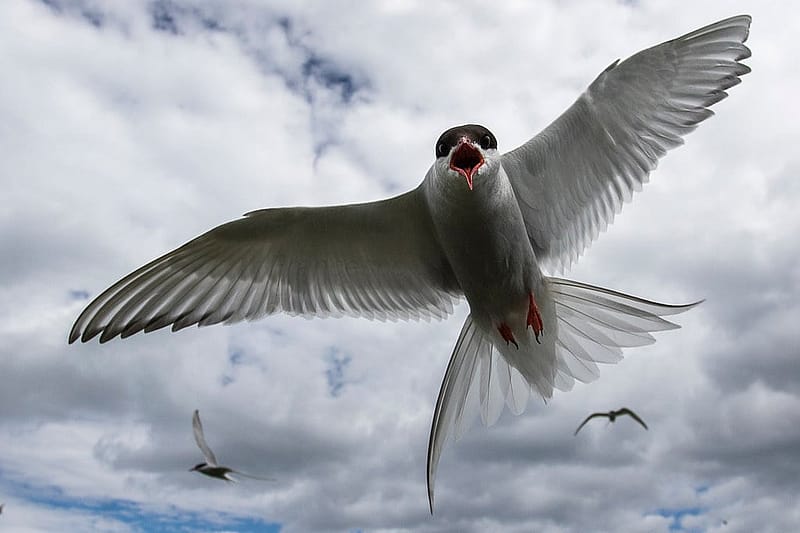
The Basics of Bird Migration Part I-Knowing When, Grouping, and How They Prepare
Migration can be one of the most dangerous times in a bird’s life, yet it is intended to improve their long term survival rate. The need to leave areas of diminishing food sources coupled with the need for suitable habitat for nesting spurs them on. There are short and long distance travelers. Some species may even journey non stop for days. As a result migrating birds face many dangers. These can include everything from poor weather conditions to predators to man made hazards. Yet about 40% of the world’s species undertake a twice yearly journey.
Arctic Terns are known to have the longest migration route of any animal, traveling from the Arctic to the Antarctic and back every year. Using modern technology it has been discovered that they may travel an average of 52,000 miles round trip. With a possible lifespan of up to 30 years, this means the Arctic Tern could potentially travel the equivalent of three to four round trips to the moon!
Watch this excellent 5:19 minute video about the migration of the Arctic Tern (after you click the link and click on “Play” you will need to then click “Watch this video on YouTube”):
In the Americas Swainson’s Hawks migrate over the high Andes, possibly traveling as much as 14,000 miles round trip. Coupled with this distance Swainson’s Hawks are believed to only feed every few days. This journey can take up to 2 months to complete.
Outdoing Swainson’s Hawks Peregrine Falcons are believed to have the longest migration of all raptors in North and South America. Though not all Peregrines migrate, those nesting in the Arctic Tundra may migrate to Argentina to spend the winter. As a result they may fly as much as 15,500 miles a year.

How Do Birds Know When To Migrate?
With the approach of spring we sometimes notice a restlessness in Hayabusa and a few of our other education birds. For migrating species this is not an uncommon behavior among captive birds.
Many researchers believe that environmental cues send migrating birds off on their travels. Day length is considered a primary cue. Climate changes including temperature and available food resources also contribute. This movement may be quite predictable with some birds, and less so with others.
An example of predictability can be found in the town of Hinckley, Ohio. Hinckley has been holding a “Return of the Buzzards” festival every March 15th since 1957. This festival celebrates the arrival of Turkey Vultures. Although weather and other factors can cause the actual arrival to be other than the 15th, generally the vultures arrive very close to the day of the festival.
Enjoy this quick visit to the “Return of the Buzzards” festival.
https://www.youtube.com/watch?v=wpPU6xVUQNw
I begin watching for the first Bullock’s Orioles to arrive within the first two weeks of May. In 2014 I spotted my first one on May 8th. This year I observed the first arrival on May 11th.
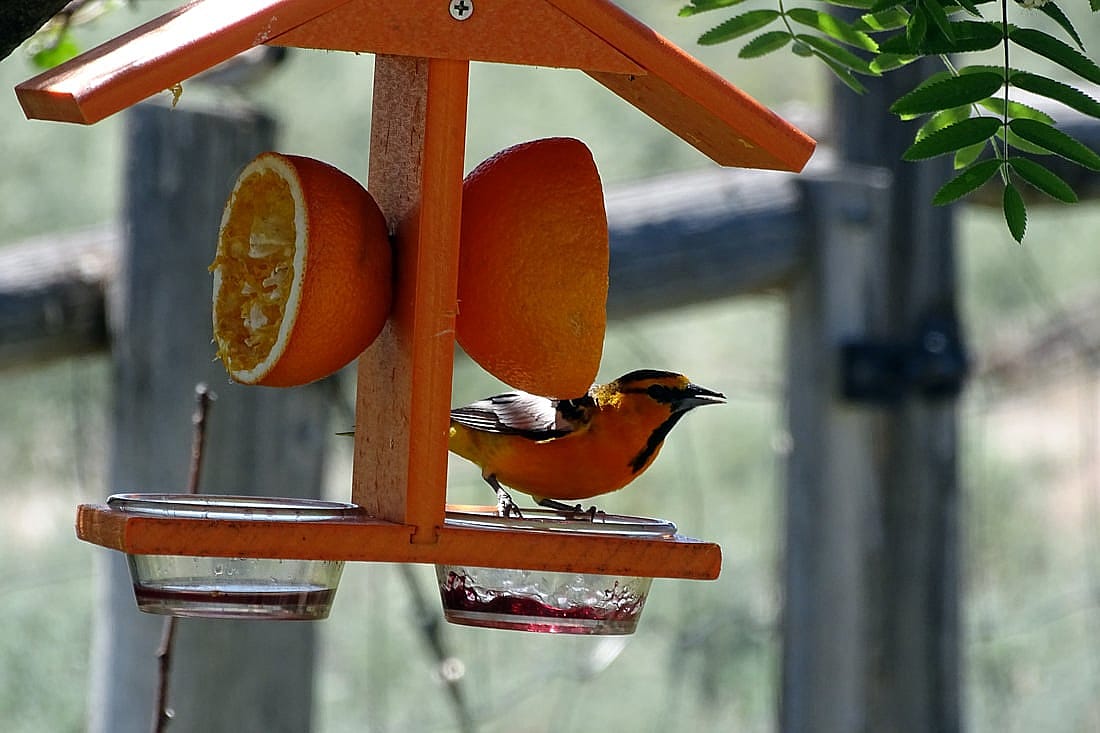
Do Birds Travel Together?
Depending on the species, birds may or may not migrate in large groups. Furthermore some species may spread out the timing based on age or sex. For example, Red-winged Blackbird males winter in all-male flocks. In the spring the males will travel north earlier than the female. As a result they are able to set up breeding territories for the purpose of attracting the later arriving female.
Generally mated pairs do not migrate together. Many birds that are said to “mate for life” actually only live together during the mating season. Migrating individually, they will return to their established territory where they again meet up. As a side note, if a mate does not return, the arriving bird will commonly find another mate as soon as possible.
In North America, American Kestrels are partial migrants. Those in the north tend to migrate further south, while those in the south tend to stay put. Some will migrate to Central America, but most move to the southern part of the United States. Mated pairs do not migrate together. However in some northern areas, such as here in Cody, Wyoming, at times a few males may stay behind to guard their territory.
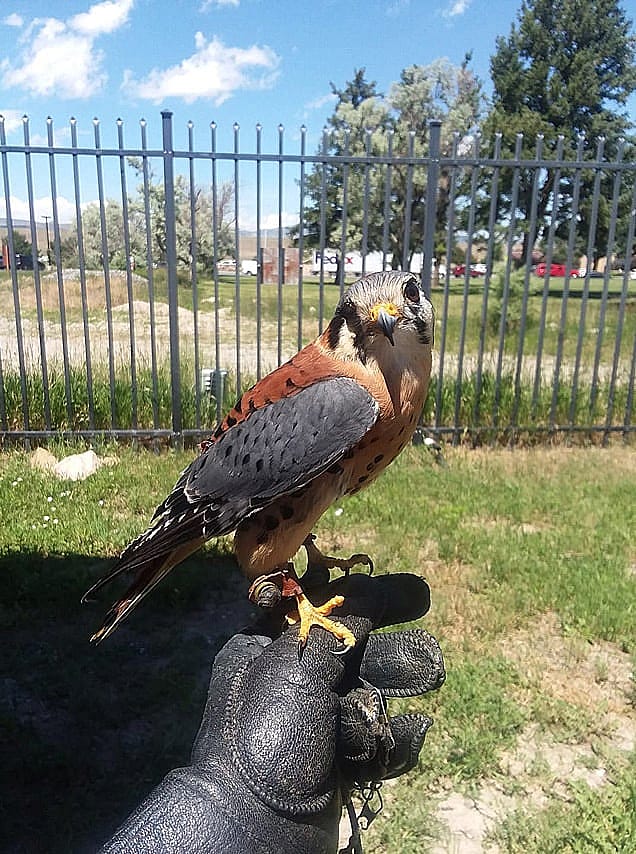
How Do Birds Prepare for Migration?
As the day length changes, migrating birds begin to show behavioral changes. In areas where the change is very little such in equatorial areas, it may be the intensity of the light that birds cue on. One of the observable changes is that birds begin to eat more, thus putting on weight. Fat is the main source of this weight gain. Compared to other dietary needs, it is the fat that provides the most energy. Protein is also important, helping to replace muscle mass during long journeys.
Kate Davis in her book, Raptors of the West Captured in Photographs, reports that in preparation for migration Swainson’s Hawks may gang up in large flocks. Seen gorging on grasshoppers, these flocks can reach up to 10,000 birds.
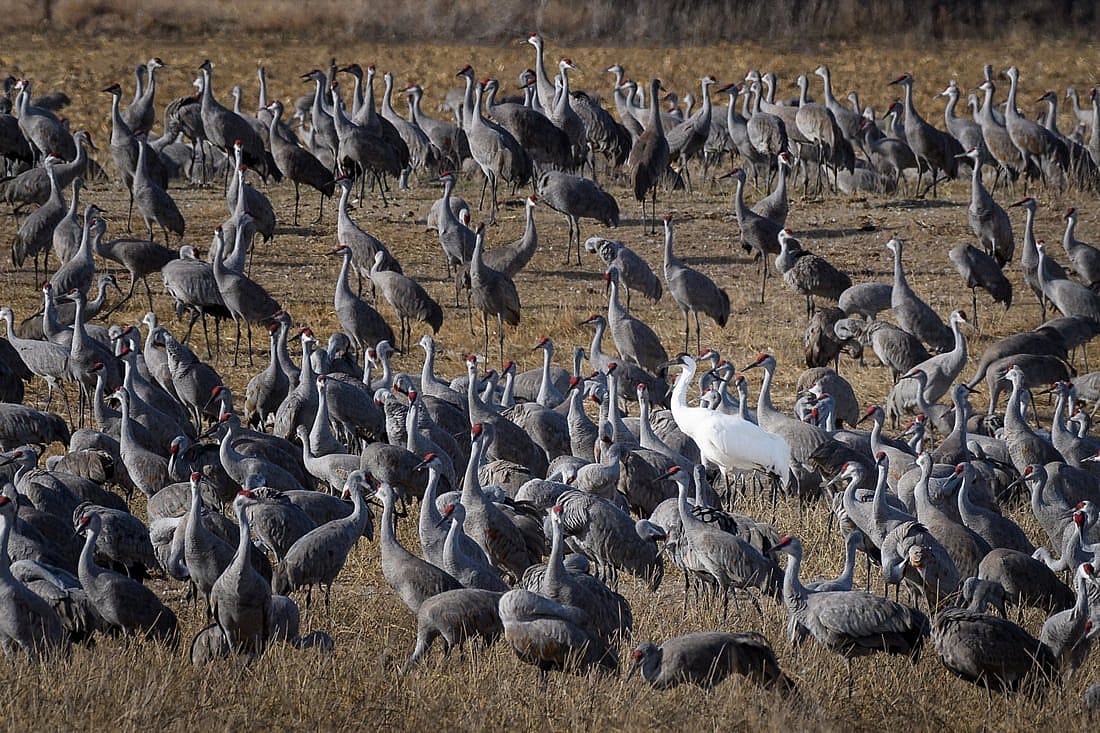
As stated earlier not all birds migrate, If they live in an area where all their nesting needs and food sources are available all year there is no reason for them to move.
In part one of The Basics of Bird Migration I have covered only a small amount of information on migration. In part two I will continue writing about this topic, highlighting the direction of movement, how they navigate, routs, and dangers. So watch for part II to explore additional information about this fascinating topic.
Photo Credits
Migrating Cranes by Artur Rydzewski, Attribution 2.0 Generic License
Artic Tern by Francesco Veronesi, Attribution-ShareAlike 2.0 Generic License:
Hayabusa, the DMRE Peregrine with wings outstretched by author, Attribution-NoDerivs License: https://www.flickr.com/photos/157982666@N07/37800876571/in/album-72157688262036055/
Bullock’s Oriole at feeder, by author: https://centerofthewest.org/author/anneh/
Salem, the DMRE American Kestrel on a glove used from the Draper Museum Raptor Experience’s Facebook page: https://www.facebook.com/DraperMuseumRaptorExperience/
Sandhill Cranes feeding in a Nebraska cornfield with one Whooping Crane, by Diana Robinson, Atribution-NonCommercial NoDerivs 2.0 License
Written By
Anne Hay
Anne Hay has a Bachelor's degree in Elementary Education and a Master's in Computers in Education. She spent most of her working years teaching third grade at Livingston School in Cody, Wyoming. After retiring she began doing a variety of volunteer work for the Buffalo Bill Center of the West’s Draper Natural History Museum. Anne loves nature and has a concern for the environment. She believes that educating the public, so that they will have a better understanding and appreciation for the natural world, is very important. Because of this belief, volunteering at the Center is a perfect fit. She spends time in the Draper Lab, observing eagle nests for Dr. Charles Preston’s long-term research project on nesting golden eagles, writing observation reports of raptor sightings in the Bighorn Basin, and working with the Draper Museum Raptor Experience. Anne states that, “Having a bird on my glove, is one of my all time favorite things in life.”
